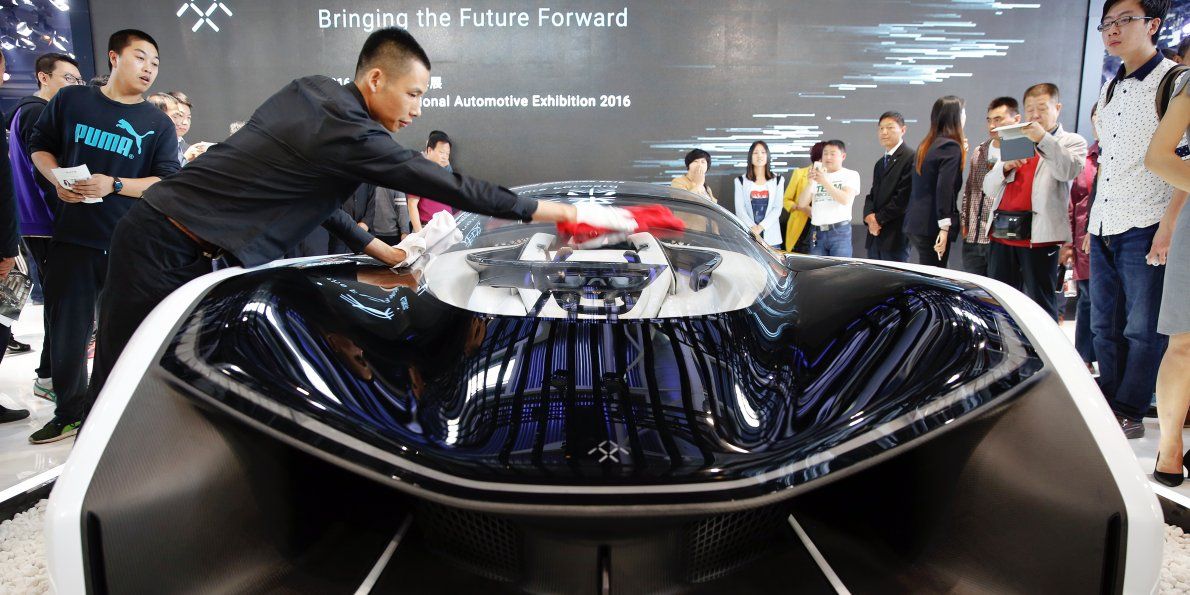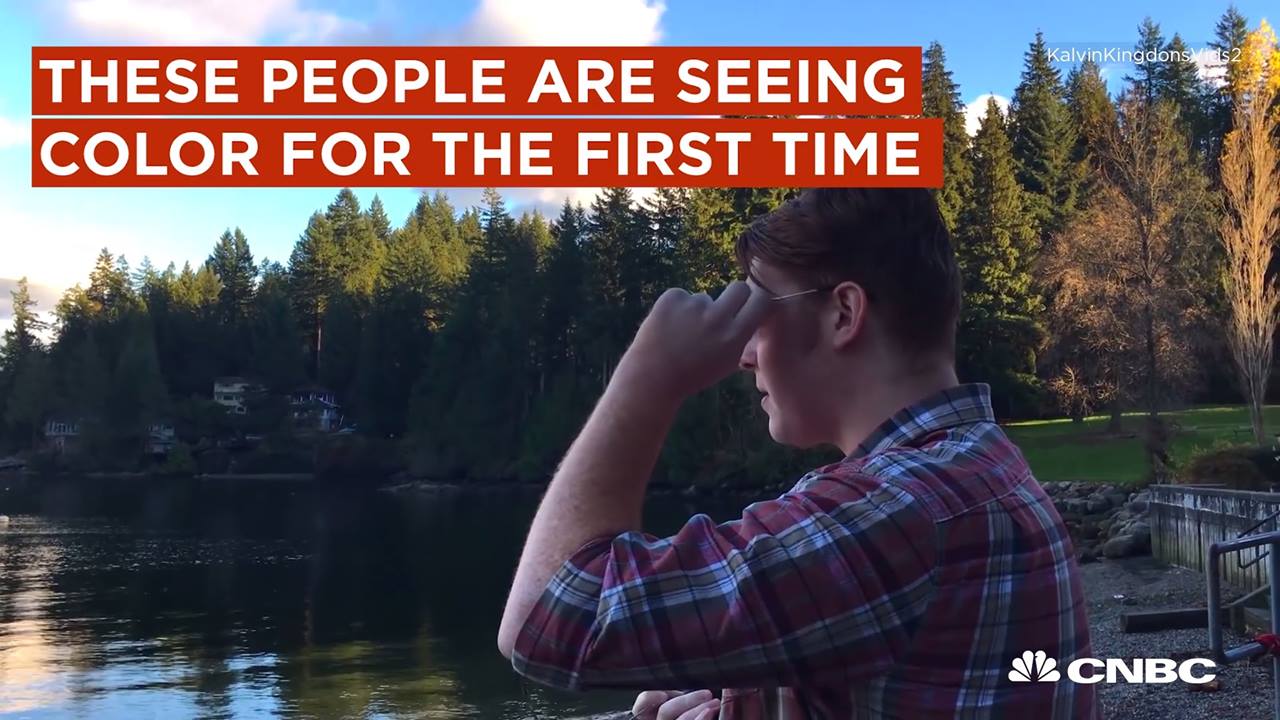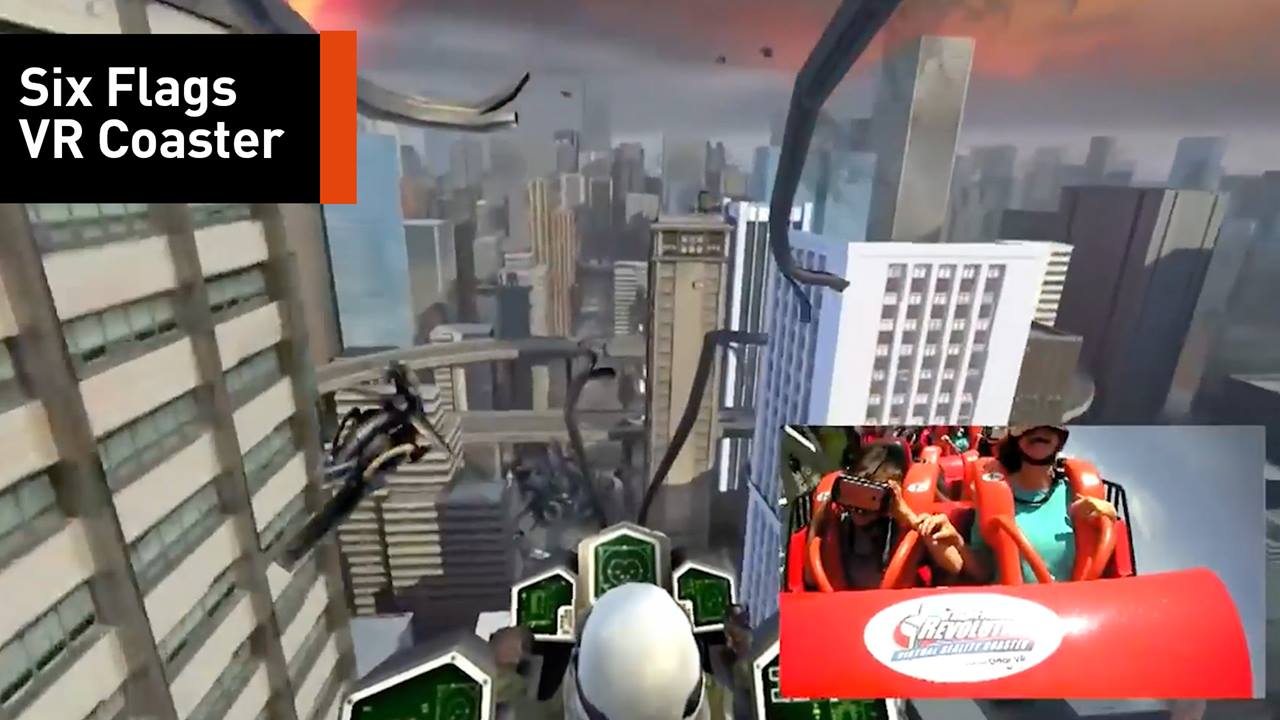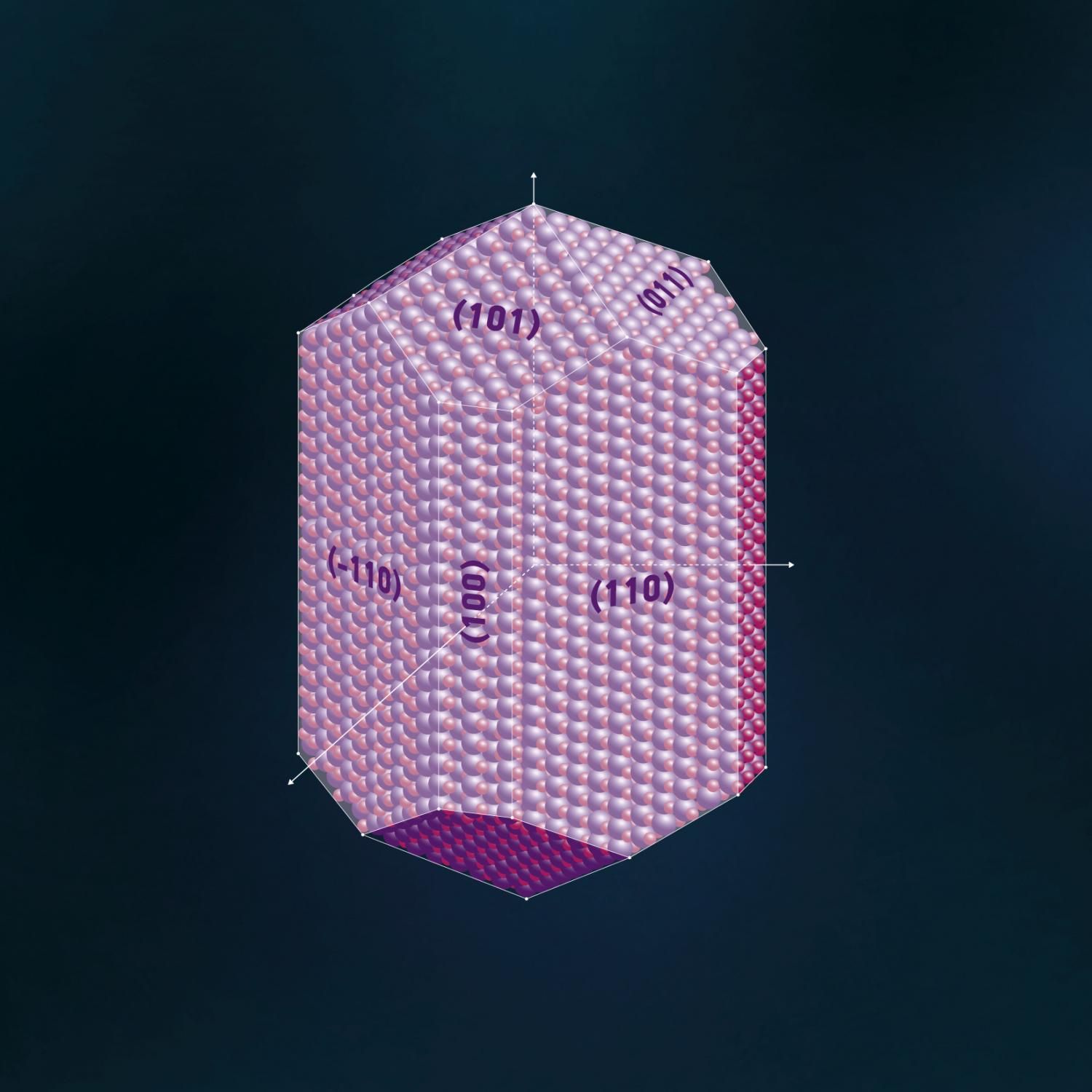Jun 21, 2016
Faraday Future gets approved to test self-driving electric cars in California
Posted by Shailesh Prasad in categories: robotics/AI, transportation
DETROIT (Reuters) — Faraday Future plans to begin testing prototype self-driving electric vehicles on California roads later this year after winning approval from the state, an industry source said on Tuesday.
The China-backed, Los Angeles-based startup plans to begin building and selling electric vehicles next year in the United States, but has not disclosed details of its self-driving program.
A spokesperson from the California Department of Motor Vehicles on Tuesday confirmed that Faraday had been approved to test self-driving vehicles on public roads on June 17.
Continue reading “Faraday Future gets approved to test self-driving electric cars in California” »

















